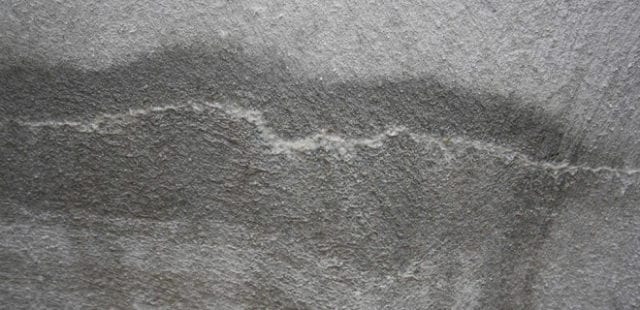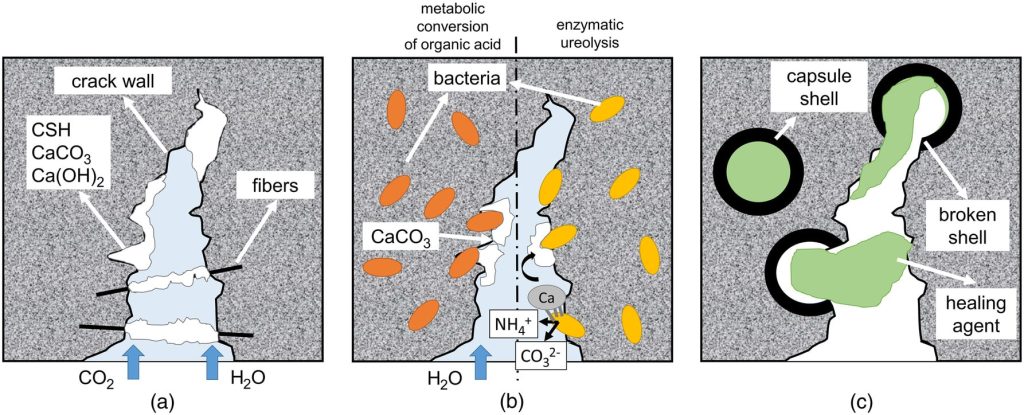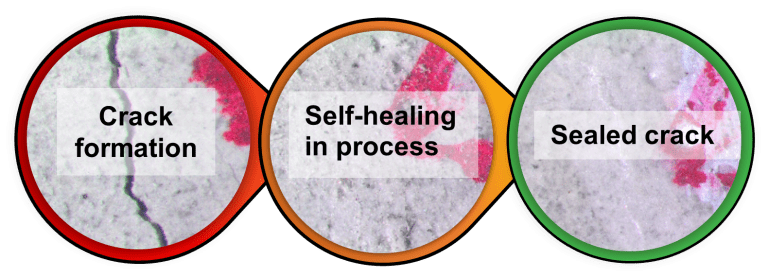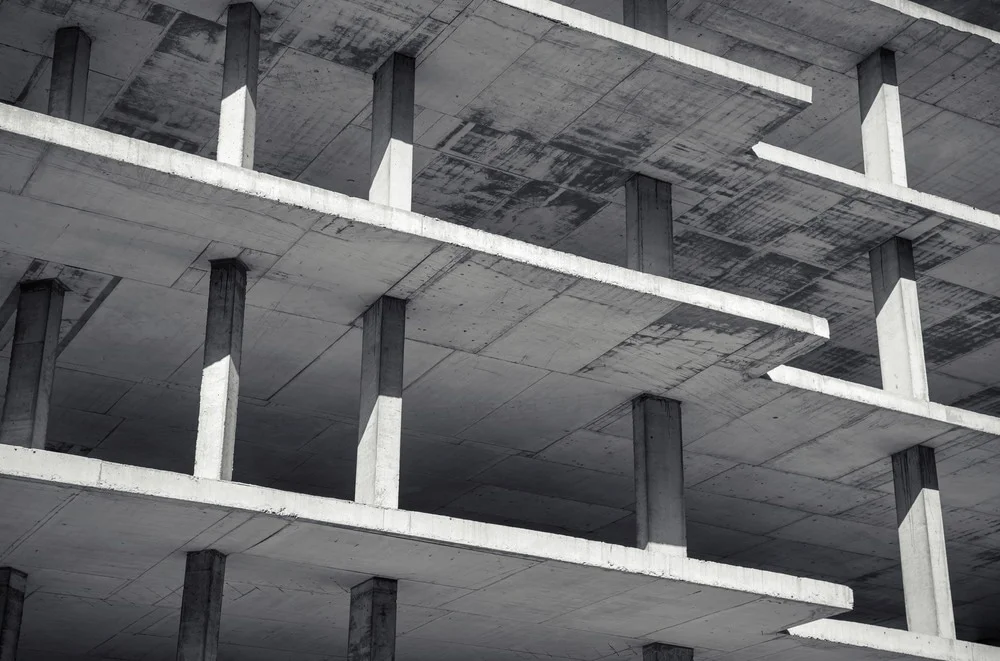Concrete is the backbone of modern infrastructure, but its inherent vulnerability to cracks and degradation poses challenges for longevity and maintenance. However, a remarkable solution is emerging in the form of self-healing concrete. This innovative technology has the potential to revolutionize the construction industry by significantly extending the lifespan of structures, reducing maintenance costs, and promoting sustainable development. In this blog, we will delve into the concept of self-healing concrete and explore its immense benefits and future prospects.
The Need for Self-Healing Concrete

Concrete is a widely used construction material due to its strength, versatility, and affordability. However, it is prone to cracking over time due to factors such as shrinkage, environmental conditions, and applied loads. These cracks not only compromise the structural integrity but also allow the ingress of moisture and aggressive chemicals, leading to further deterioration.
Traditional repair methods for concrete involve costly and time-consuming processes, often requiring human intervention. Self-healing concrete aims to address these challenges by incorporating materials or mechanisms that allow cracks to heal autonomously, ensuring the durability and sustainability of concrete structures.
Mechanisms and Materials for Self-Healing

Self-healing concrete employs various mechanisms and materials to initiate and facilitate the healing process when cracks occur. Here are some of the most commonly explored techniques:
- Bacterial Healing: Certain bacteria, such as Bacillus spp. or Sporosarcina pasteurii, can be embedded in concrete. These bacteria lie dormant until cracks form, activating the healing process by producing limestone or calcium carbonate, which fills the cracks and restores the concrete’s integrity.
- Capsule-Based Healing: Microcapsules containing healing agents, such as polymeric resins or adhesives, are incorporated into the concrete mix. When cracks appear, these capsules rupture, releasing the healing agents that fill the gaps and bind the separated concrete fragments.
- Vascular System: Inspired by the human circulatory system, a network of tiny channels or tubes can be integrated into concrete. When cracks form, these channels allow healing agents, such as liquid resins, to flow and fill the cracks, facilitating self-repair.
- Shape Memory Polymers: These polymers have the ability to recover their original shape when exposed to certain stimuli, such as heat or moisture. Incorporating shape memory polymers into concrete enables crack closure and restoration of the material’s integrity.
Benefits of Self-Healing Concrete

The implementation of self-healing concrete offers numerous benefits that go beyond structural repair:
- Increased Lifespan: By autonomously healing cracks, self-healing concrete significantly prolongs the lifespan of structures, reducing the need for frequent repairs and replacements. This not only saves costs but also enhances the sustainability of the built environment.
- Reduced Maintenance: Self-healing properties minimize the need for manual intervention and maintenance efforts. Consequently, the time, labor, and expenses associated with routine repairs are significantly reduced.
- Enhanced Durability: The ability of self-healing concrete to seal cracks and prevent the ingress of moisture and harmful chemicals enhances the overall durability of structures. This leads to improved resistance to deterioration and ensures long-term performance.
- Sustainable Construction: Self-healing concrete promotes sustainable development by reducing material consumption and waste. By extending the lifespan of structures, it also minimizes the environmental impact associated with frequent reconstruction.
Future Prospects and Challenges

The field of self-healing concrete is still evolving, with ongoing research and development to optimize its performance and scalability. Some areas of focus for future advancements include:
- Large-Scale Implementation: While self-healing concrete has shown promising results in laboratory settings, its successful implementation on a larger scale is a challenge. Scaling up production processes and ensuring consistent performance across different applications are areas that require further attention.
- Compatibility with Other Technologies: Self-healing concrete should be compatible with other emerging technologies such as 3D printing and smart infrastructure. Integrating self-healing capabilities into these advancements can enhance the overall resilience and longevity of future construction projects.
- Cost Considerations: As with any new technology, the cost of implementing self-healing concrete remains a factor. However, as research progresses and adoption increases, economies of scale and advancements in manufacturing techniques are expected to reduce costs, making it a more viable option for widespread use.
Conclusion
Self-healing concrete represents a remarkable innovation in the construction industry, offering the potential to transform infrastructure durability and sustainability. By allowing cracks to heal autonomously, this technology can significantly extend the lifespan of structures, reduce maintenance costs, and promote the efficient use of resources. As research and development continue, self-healing concrete is poised to become a fundamental component of resilient and environmentally conscious construction practices, shaping the future of infrastructure for generations to come.
